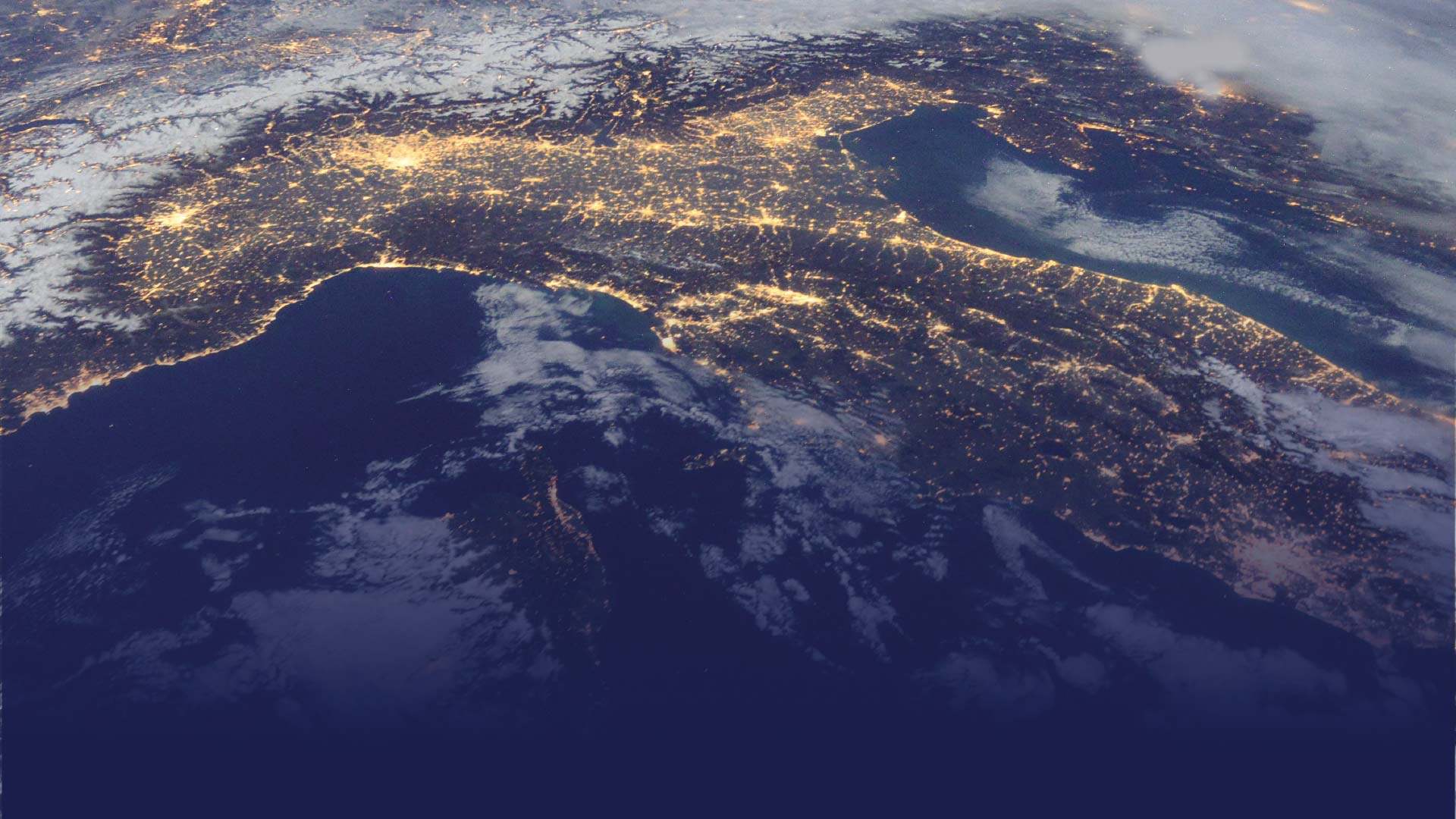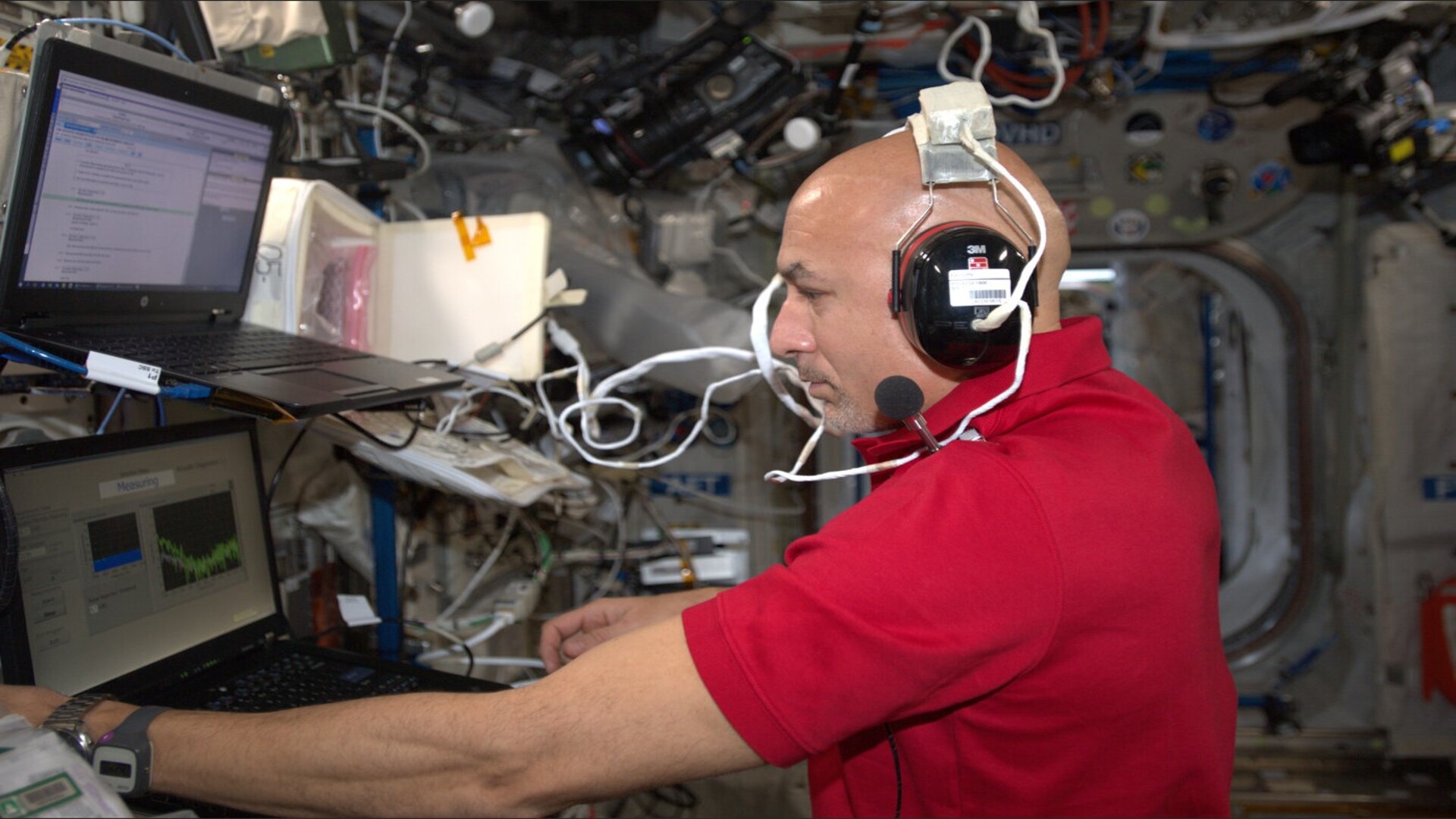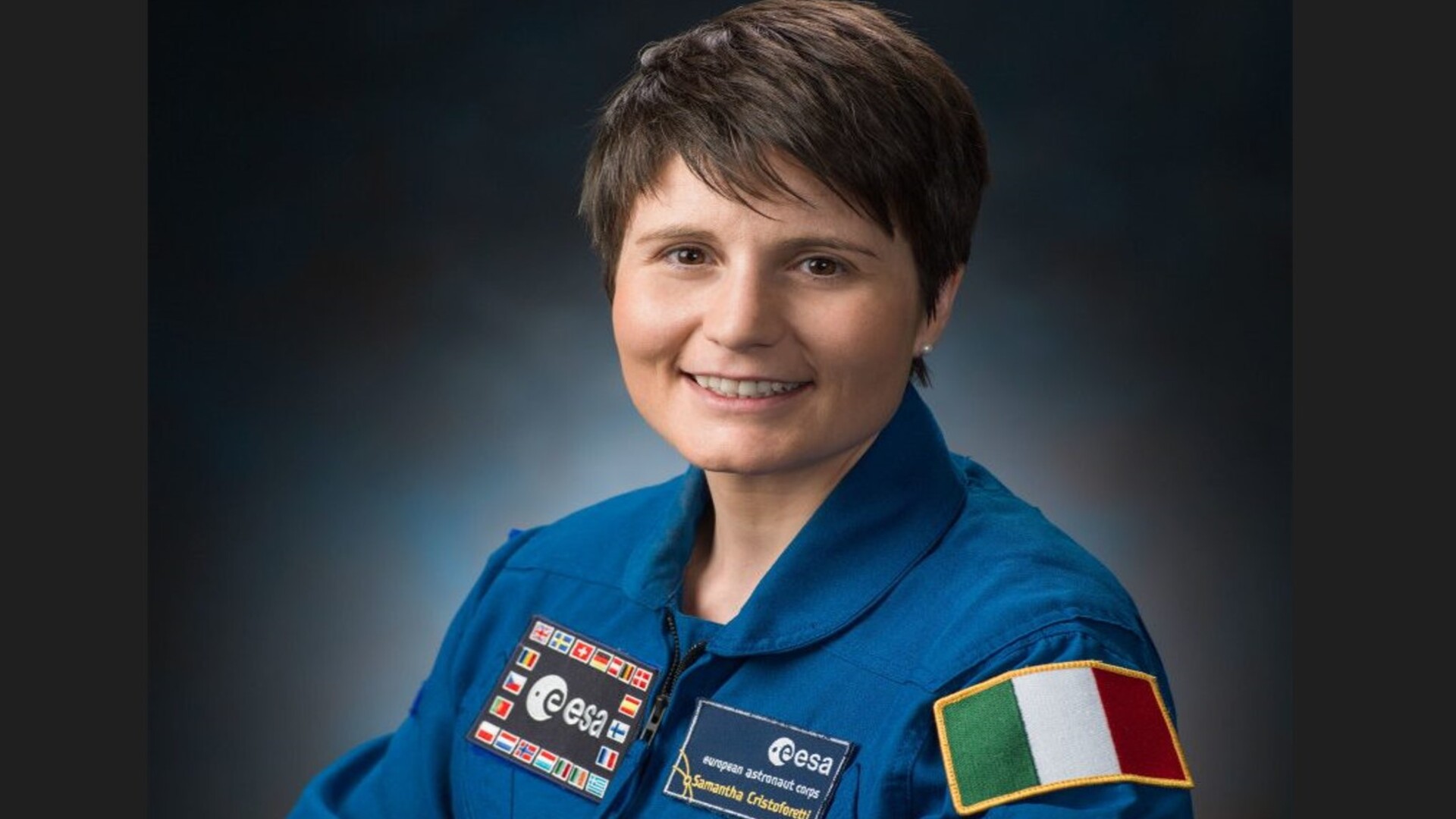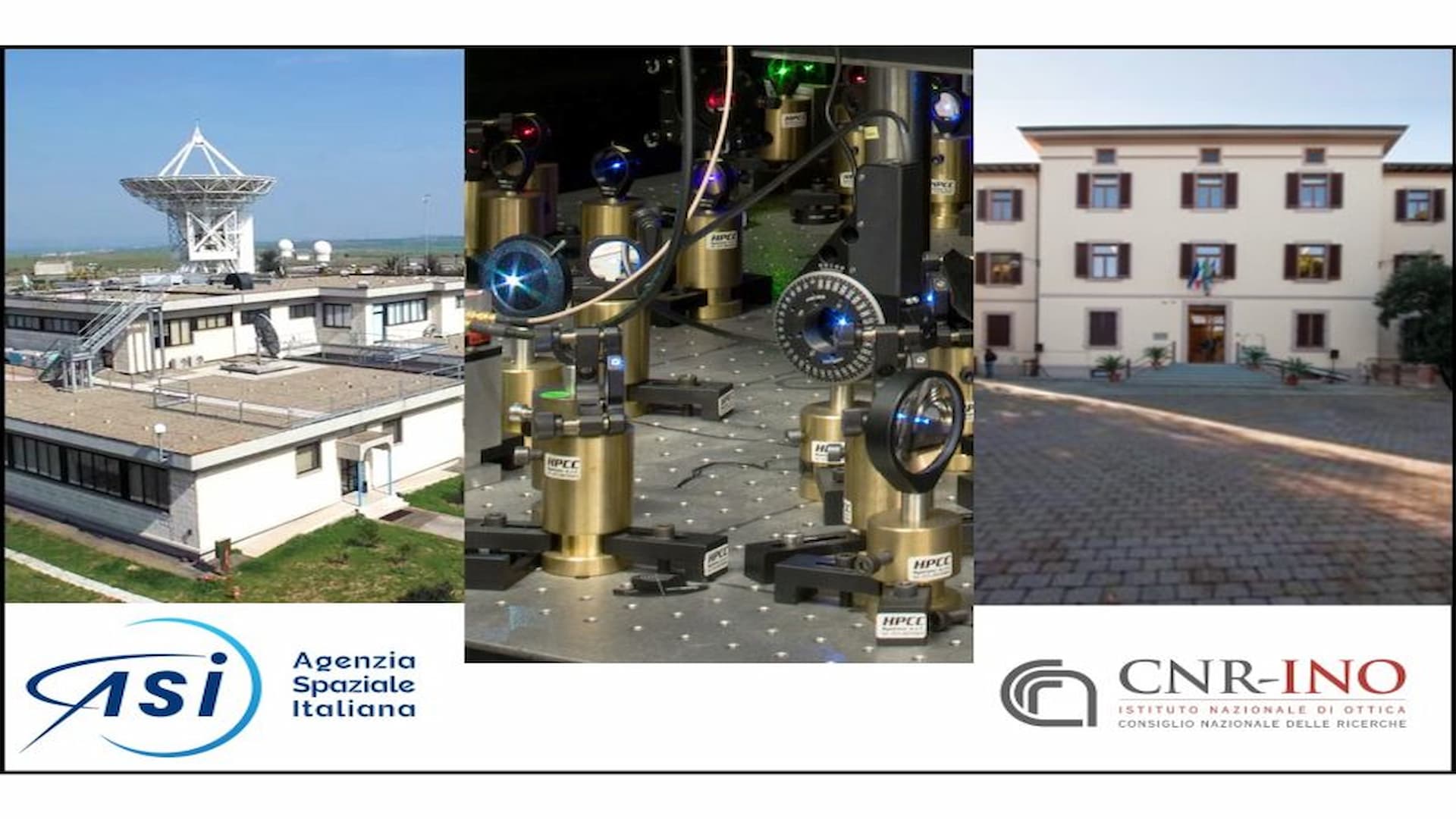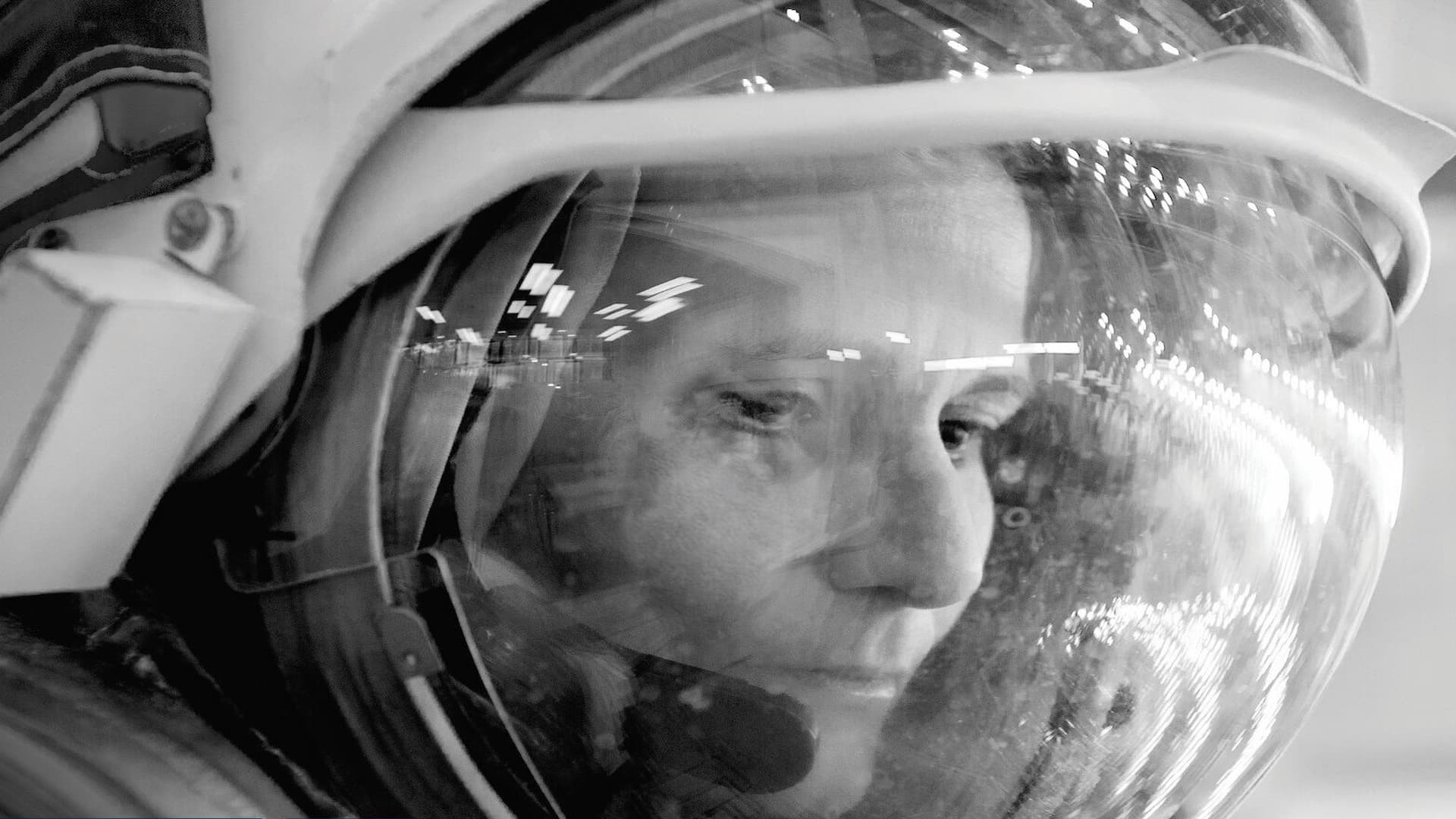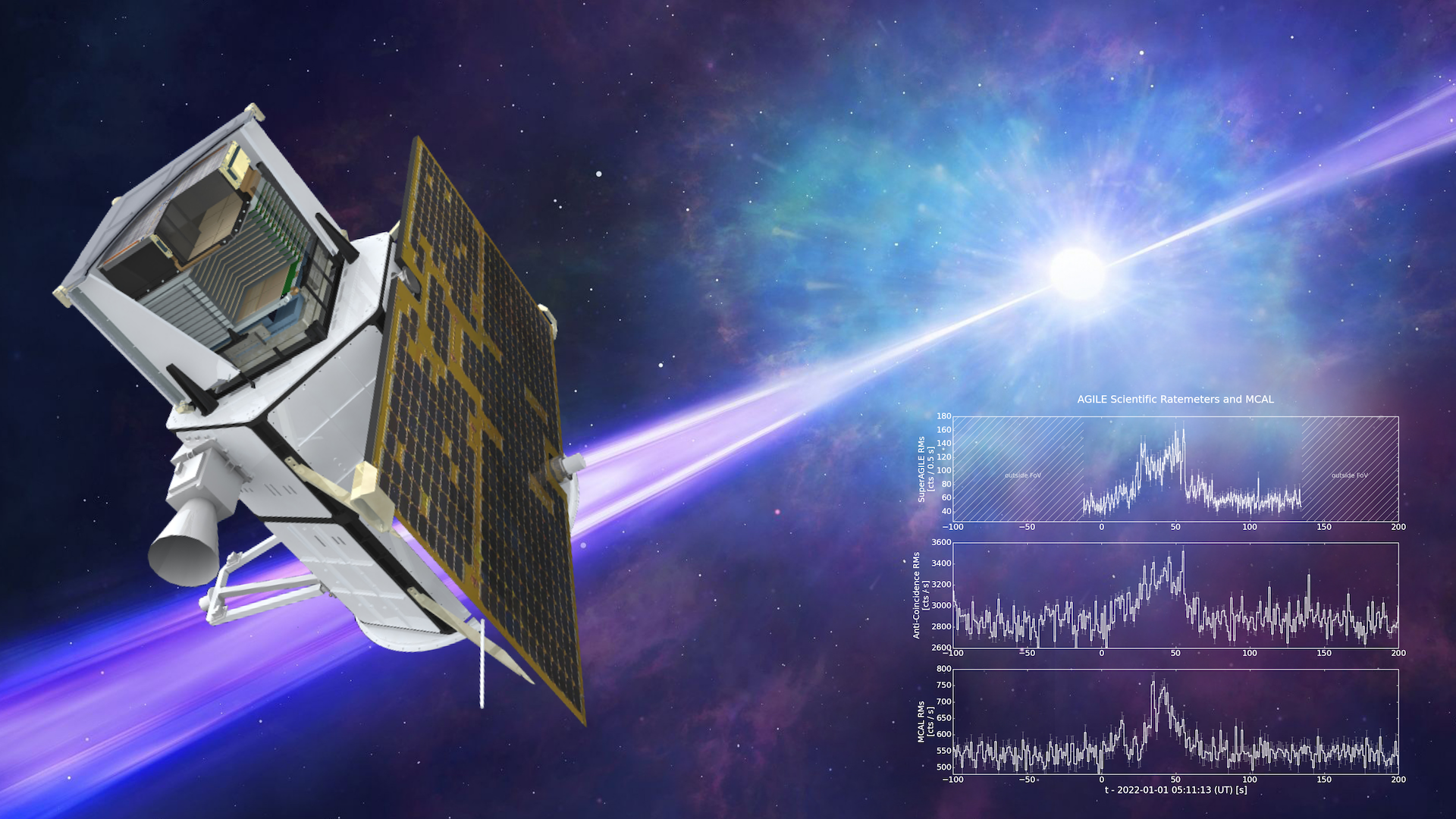Morphogenesis and phenotypic differentiation are time and space-dependent processes: morphological plasticity, rather than being the result of genetic “adaptation”, reflects the influence of external physico-chemical parameters on any material system and is therefore an inherent, inevitable property of organisms. The physical setting integrating the different chemical as the physical signals that drive cells and tissues towards differentiation is known as the “morphogenetic field”. Within this field, morphogenetic cues exert short and long-range influences by affecting gradients of morphogens and mechanical stresses. This process is strongly dependent from the geometry of the morphogenetic field governing the topology of signaling cues. Within this framework, the geometric form a cell acquires – that is to say, its shape - represents the integrated end point of the morphogenetic cues acting on the living system: morphogenesis is indeed the process through which a population of cells rearranges into a distinctive shape. Microgravity exerts several, relevant effects on living organisms at both molecular and supra-molecular level. Namely, cells exposed to microgravity display architectural and cytoskeleton changes, as well as profound biochemical and genetic modifications. Those changes ultimately result in biological functions impairment and physiological failure. It has been suggested that microgravity-induced modification on cytoskeleton (CSK) structure results in shape and subsequent gene-expression changes. According to that hypothesis, wide alteration in gene expression profile might be considered as secondary consequence of the overall structural reconfiguration of cells fostered by microgravity. However, such correlation has not been clearly yet established. Beside the theoretical relevance of such a relationship, the dependence of genetic changes on shape structural stability implies that by stabilizing the CSK some microgravity effects could be neutralized. Given that experimental and pharmacological/nutritional manipulation of microenvironment has proven to preserve CSK and cell shape conformation, it is tempting to speculate if such measures could efficiently counteract microgravity-related changes in CSK and cell shape. This is the purpose for the Cell Shape and Expression investigation.
Breast cancer cells (MCF7), are seeded in both a control culture-medium (CTRL sample) and in a culture medium supplemented with melatonin (treated sample). The latter medium due to the capability of melatonin to counteract the exposure to microgravity (melatonin is a stabilizing agent of the CSK), will represent a countermeasure-like control for the experiment. MCF7 CTRL and MCF7 treated with melatonin is cultured on normal gravity field (ground control), in simulated microgravity on ground (simulated-microgravity control) and on board of the ISS (true microgravity field).
To manage the samples as required, each KIC contains one EU (Experiment Unit), and is powered and the cells are incubated at 37°C by the Kubik.
Experiment on ISS: The EU is designed to allow a liquid culture of cells plated on a solid support. Cells are activated, incubated, grown, and fixed in a fully autonomous way. The EU makes possible analyses both on cells (at cytological and molecular level) and on the growth media (being the exhausted growth medium collectable).
Preflight
A biological laboratory next to the launching pad is required for the preliminary operations described above. The cells are seeded in conventional flasks before their insertion in the KIC. Twenty-four hours before the launch the cells (3x103 cells/cm2) are seeded in each EU that is, in turn, integrated in the KIC experimental container.
In-flight
At maximum of 24 hours after docking, the samples start incubation in Kubik at 37°C. All the actions required for medium changes and fixation take place automatically.
Once incubation starts, 2 samples (i.e. 2 different EUs, respectively containing cells in control culture-medium or culture-medium added with melatonin) are fixed by T0 +2h. Per each EU, it requires a first washing with PBS buffer, fixation in NotoxHisto, and final washing in PBS to avoid over-fixation.
These samples are kept at +4°C until the end of the flight by stowing the KICs on board in a cold container and by returning in cold stowage. The other 6 samples are kept in Kubik for further incubation (still at 37°C) for a maximum of 47 hours.
Medium refresh takes place in the remaining 6 EUs by T0 +3h (refresh is performed in 3 EUs with control culture-medium and in 3 EUs culture-medium added with melatonin).
Fixation occurs in the 6 remaining samples by T0 +51h. Per each EU, it requires a first washing with PBS buffer, fixation in NotoxHisto, final washing in PBS to avoid over-fixation.
All these samples are kept at +4°C until the end of the flight by stowing the KIC on board in a cold container and by returning in cold stowage.
Postflight
On ground, the condition of cell cultures are assessed by optical microscopy. NOTOXHisto fixed samples are treated specifically for optical and confocal microscopy studies. Acquired images are analyzed by technical methods that measure nuclear and cytoplasmic membrane profiles of both single cells (Normalized Bending Energy, NBE; Fractal Box Counting; Lacunarity) and of clusters of cells (Fractal Analysis and Entropy). On waste mediums, immunoassays are used for detecting growth factors, enzymes, and proteins such as ß-casein (functional hallmark of differentiation).
The protocol described above is applied on ground as well, under gravity and under microgravity simulated through a Random Positioning Machine (RPM).

